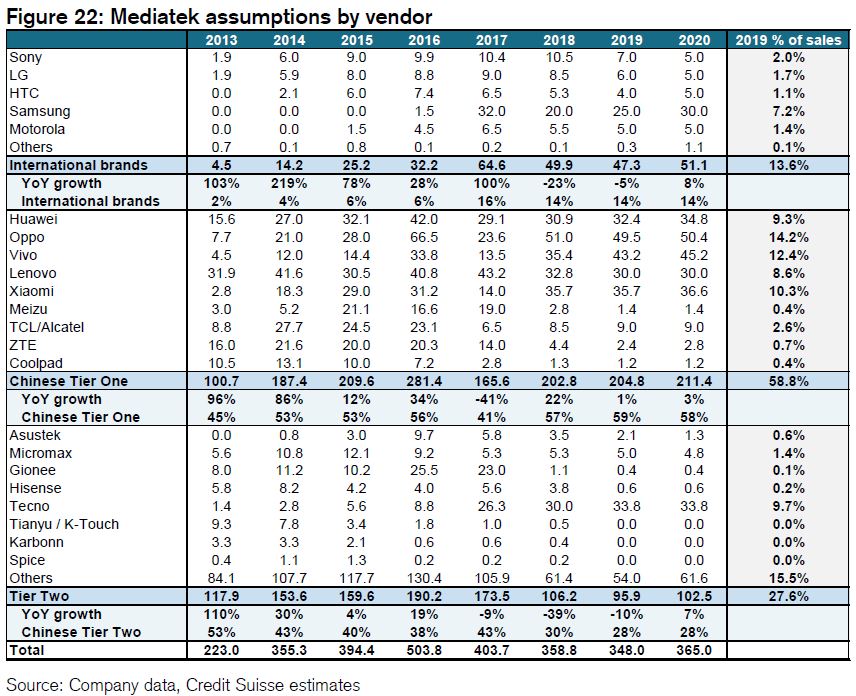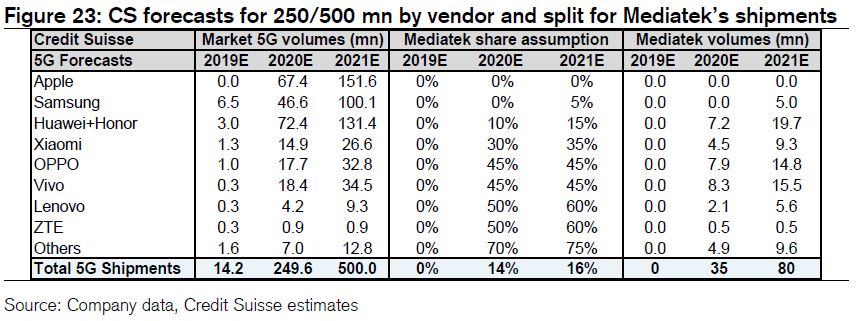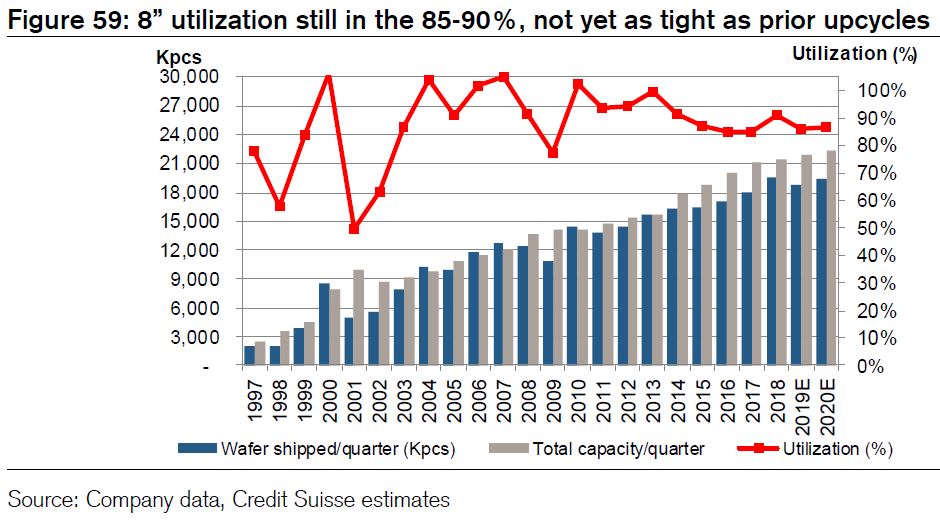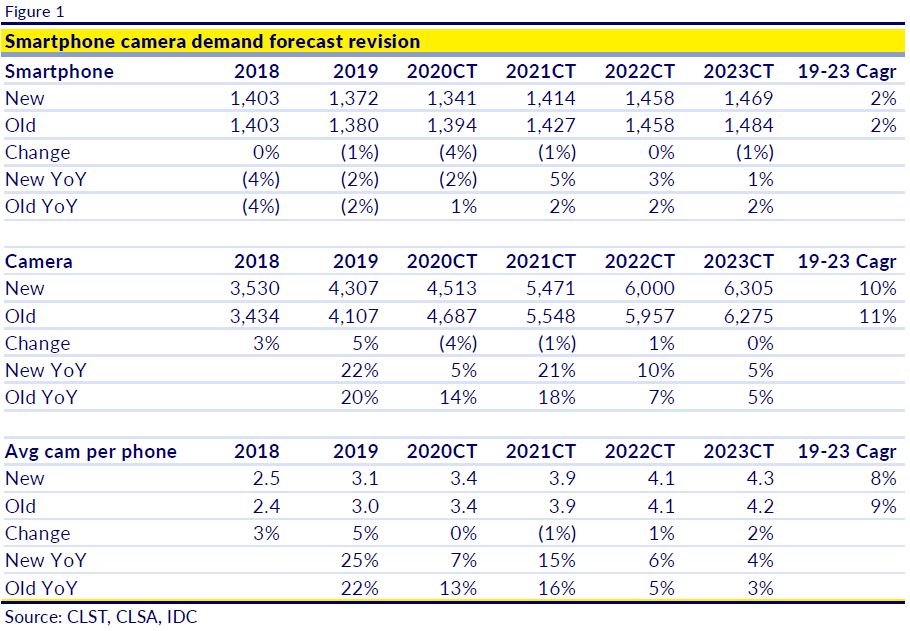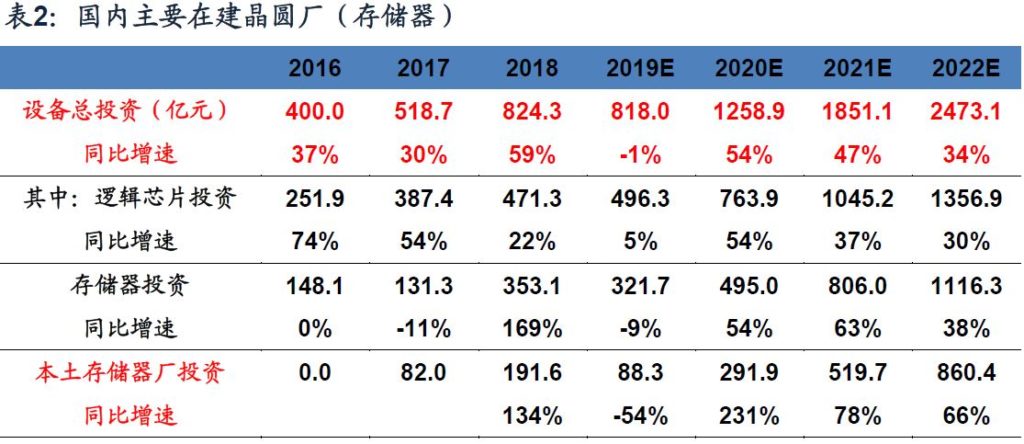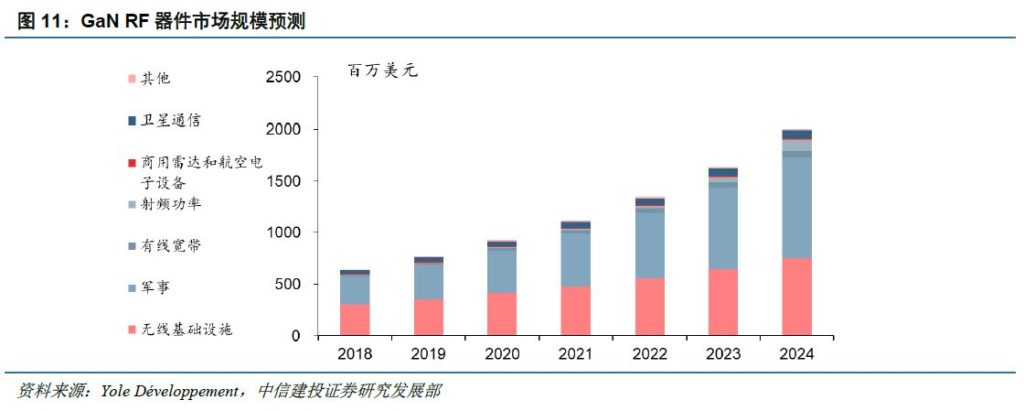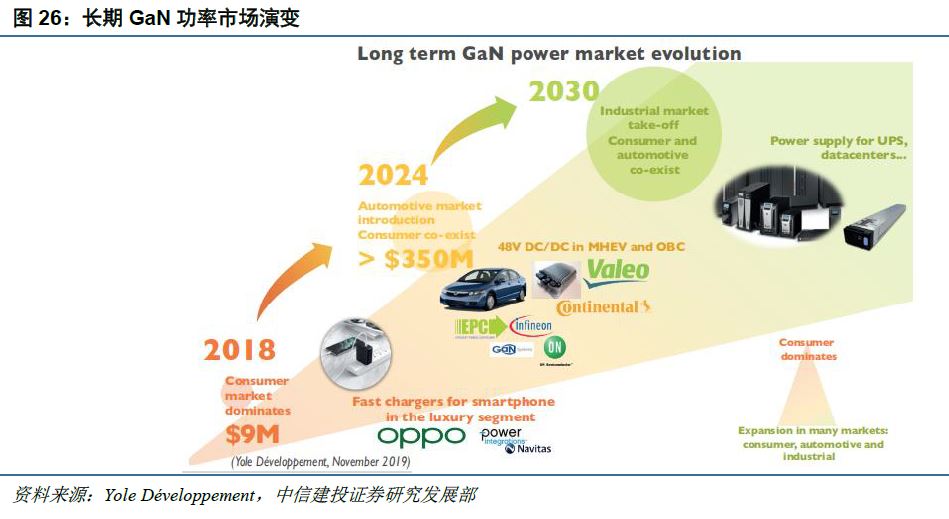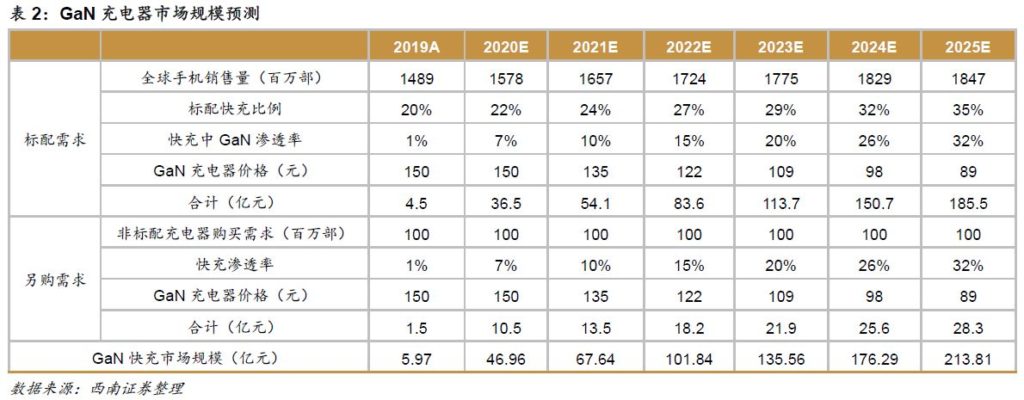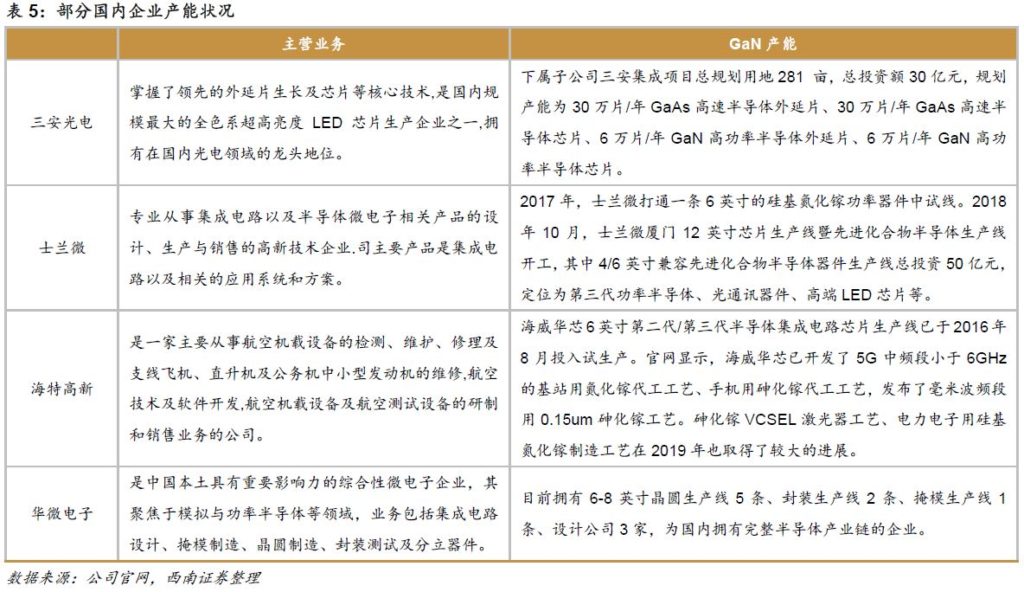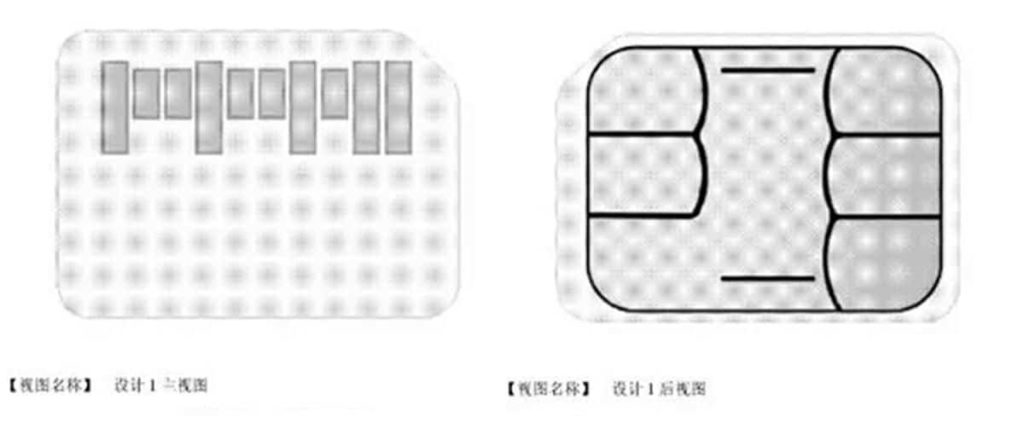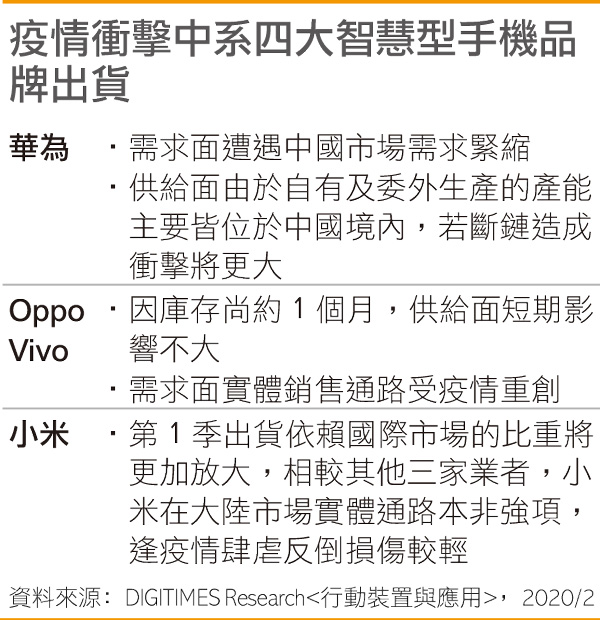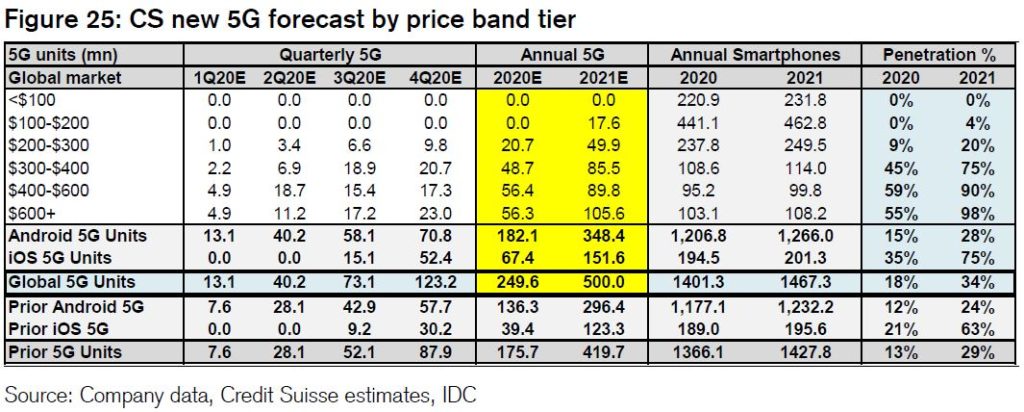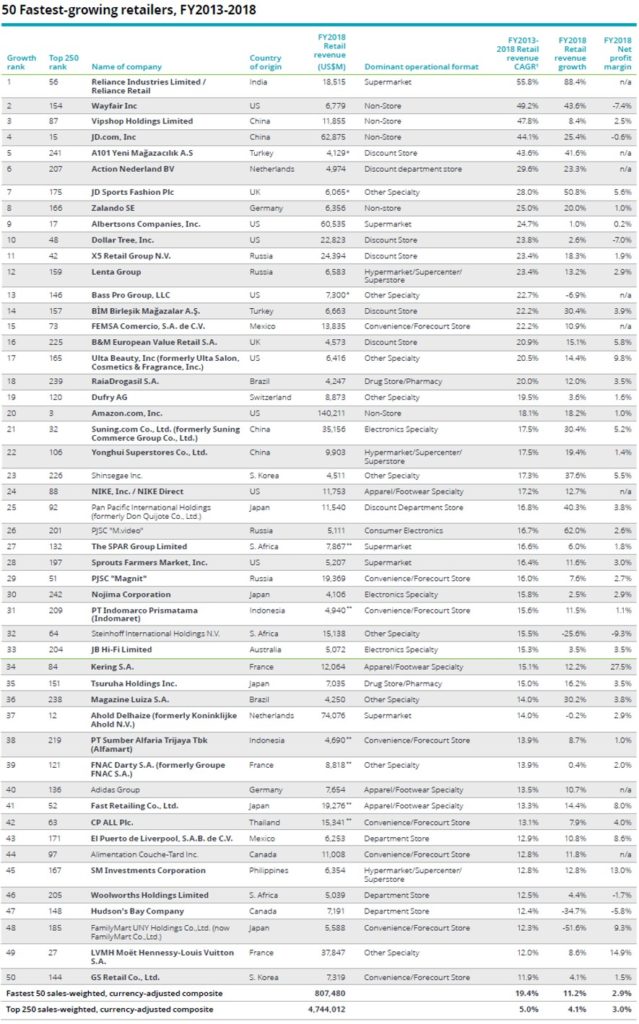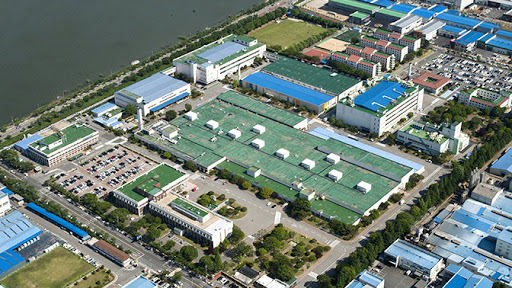
2-23: Stockpiles of handset inventory in China’s distribution channels are now estimated at nearly 60M units; Samsung Electronics has revealed that one coronavirus case had been confirmed at its mobile device factory complex in the southeastern city of Gumi; etc.
Chipsets
Intel CEO Bob Swan has mentioned that company’s 14nm production capacity will increase by 25% in 2020, which will help alleviate the problem of insufficient CPU supply. This increase in production capacity will be strictly determined according to market demand. In addition, he also mentioned that Intel will build some facilities to reserve inventory, but these facilities will not increase additional inventory, and will only be replenished when needed. (CN Beta, My Drivers, Bloomberg)
For Mediatek, Credit Suisse forecasts overall volumes to rise back to up 7% YoY in 2020, with lift from the overall market growing again, being a second source for Huawei with Qualcomm limited by US restrictions and some rebound into Samsung where it is outsourcing to ODMs using Mediatek’s chipset for its low-end a10 model, with more to follow. For 5G, Credit Suisse forecasts Mediatek volumes at 35M and 80M in 2020 / 2021 based on the company securing 45% share of OPPO / vivo and 30% share at Xiaomi. (Credit Suisse report)
According to Credit Suisse, 8” foundry capacity is tight at SMIC, UMC and getting tighter at TSMC as some of the ultra-thin driver ICs move back to 8” and power management for 5G and some of the smaller front camera CMOS image sensors ties up more capacity. The industry 8” capacity, though, is not as tight as feared, as many IDMs are coming off a full year slowdown and are thus at lower utilization. Credit Suisse believes the new capacity coming on stream will keep overall foundry industry 8” capacity utilization at 85%-90% and limit the tightness seen in late 2017 or 2013-2014. (Credit Suisse report)
Camera
Huawei has filed a patent with a smartphone design with 8 cameras. The device also includes a pill-shaped display camera hole. That hole is placed in the top-left corner of the phone’s display. (Android Headlines, Techie Jerry)
CLSA adjusts global smartphone camera unit demand slightly by -4% / -1% to +5% / +21% YoY growth in 2020 / 2021 to factor in the impact from Covid-19. However, cameras per smartphone remain unchanged at 3.4 / 3.9 units in 2020 / 2021, as their thesis of multi-cam upgrades still holds. CLSA expects penetration rate of triple/quad cam to grow to 28% / 12% in 2020 from 21% / 6% in 2019; 7P / 8P-lens penetration will grow to 25% / 1% in 2020 from 9% / 0% in 2019; periscope penetration will grow to 7% in 2020 from 1% in 2019, thanks to more adoption in Android flagship models. (CLSA report)
Memory
Mainland China has set off a wave of construction of memory chip manufacturing plants in the past 5 years. Currently, the 3 major storage camps in China mainly include Yangtze Memory Technology Corp (YMTC), which focuses on 3D NAND flash memory, Hefei GigaDevice, which focuses on mobile memory (DRAM), and Fujian JHICC (cooperation between UMC and Fujian) focusing on NOR Flash, SRAM, etc. Three projects started in 2016-2017, of which JHICC is still in a stagnant state, and both YMTC and GigaDevice will enter a positive capacity ramp-up period in 2020, which is expected to drive a substantial increase in equipment demand. (China Securities report)
According to the currently known project plan and construction process, GF Securities has estimated the investment scale of major domestic memory factories in the next few years. The investment scale of domestic memory factories in 2019-2022 will be CNY32.17B / CNY49.05B / CNY80.60B / CNY111.63B, respectively, year-on-year changes— -9% / + 54% / + 63% / 38%; of which the scale of local memory factory investment in 2019-2022 is CNY8.83B / CNY29.19B / CNY51.97B / CNY86.04B, respectively, a year-on-year change of -54% / + 231% / + 78% / + 66%. (China Securities report)
Material
With the arrival of 5G, GaN has found its place in Sub-6GHz macro base stations and millimeter wave (above 24GHz) small base stations. The GaN RF market will grow from USD645M in 2018 to approximately USD2B in 2024. This is mainly driven by the application of telecommunications infrastructure and defense. Satellite communications, wired broadband and RF power have also contributed. (China Securities report)
According to Yole’s prediction, driven by the application of fast chargers for consumers, the size of the GaN power supply market will exceed USD350M by 2024, with a CAGR of 85%, and there is great room for growth. In addition, GaN is also expected to enter automotive and industrial and telecommunications power applications. From the production side, GaN power semiconductors have begun to ship in volume, but their prices are still expensive. (China Securities report)
In the fierce competition in recent years, Infineon and Transphorm have dominated the top power GaN patents. Infineon has the most comprehensive patents and can be used for commercial activities in various GaN application scenarios. Transphorm focuses on power GaN, temporarily leading other competitors. (China Securities report)
The commercialization and popularity of 5G will drive the demand for replacement, and the penetration rate of GaN fast charging technology will continue to increase, and the price of GaN chargers will continue to fall; on the other hand, the purchase demand for non-standard chargers will continue to increase. Southwest Securities assumes that global mobile phone sales are ushered in an inflection point by 5G stimulation, showing a steady growth trend; the standard fast charge ratio changes according to the rate of steady growth; the rapid charge GaN penetration rate accelerates and the price of GaN chargers steadily decreases. By 2025, the global GaN charger market size will grow to CNY21.381B. (Southwest Securities report)
The key technologies of gallium nitride (GaN) are mainly controlled by major companies in the United States, Europe, and Japan. Chinese companies are also accelerating the pace and constantly mastering core technologies. In just one year in 2017, the amount of GaN materials-related projects put into operation in China exceeded CNY1.9B. Companies such as StarPower Semiconductor, Sanan Optoelectronics, Wingtech, Silan Integrated Circuit, China Resources Micro, Hi-tech High-tech, Sino Microelectronics, Yangjie Technology have actively deployed third-generation semiconductor. (Southwest Securities report)
Connectivity
Xiaomi has patented a SIM card that also works as a microSD. It will have the typical SIM technology on the one hand (which will be compatible with 5G) and, on the other, storage technology. (GizChina, IT Home, Android Phoria)
Phone
Stockpiles of handset inventory in China’s distribution channels are now estimated at nearly 60M units, which may take at least two months to clear out and force handset brands to adjust their roadmaps for new models, according to Digitimes. (Digitimes, press, Digitimes)
Samsung Electronics has revealed that one coronavirus case had been confirmed at its mobile device factory complex in the southeastern city of Gumi, causing a shutdown of its entire facility there. Samsung’s factory in Gumi accounts for a small portion of its total smartphone production, and it makes high-end phones, mostly for the domestic market. (Neowin, Reuters, Laoyaoba)
According to Credit Suisse, the ramp of 5G smartphones will catalyze the stabilization of replacement rates to get the market back to unit growth, reversing from its -4% / -3% YoY declines in 2018 / 2019 to trough at 1.363B units. For 2020 / 2021, Credit Suisse projects +3% / +5% YoY growth to rebound to 1.468B, putting the market in 2021 back to its 2016 peak levels reached during the 4G ramp. China smartphones would also turn to positive YoY growth after declining since 4Q17. (Credit Suisse report)
For 5G, Credit Suisse estimates global shipments to reach 250M in 2020 and 500M units in 2021, driven by faster adoption by both Apple and China brands. The combination of some unit growth and higher 5G mix will also keep pricing more stable allowing smartphone industry revenue to rebound from -6% in 2019 to +4% / +8% in 2020-2021. Key to Credit Suisse’s higher forecast is an expectation that China will now penetrate majority (70%+) of the USD300+ smartphones in 2020 and reach full penetration of those categories in 2021, and also get down to 20% of the USD200-300 (CNY1,500-2,000) category in 2020 and half by 2021. (Credit Suisse report)
For the overall market, Credit Suisse projects Android 5G units at 182M (109M from China) and iPhone at 67M to yield 250M projection, growing to 348M Android and 500M overall units in 2020 which would put 5G penetration at 18% in 2020 and 34% in 2021. (Credit Suisse report)
PC Tablet
Tablets demand in the China market is picking up inadvertently in the wake of the coronavirus outbreak that is fueling needs for remote work and learning, but their ODMs’ production are being impacted by shortages of raw materials, components and labor. To prevent the spread of the virus, many office workers in China have been working from home. Numerous schools have also launched online teaching courses for students staying at home, stoking demand for tablets during the usually slow season for the device. (Digitimes, press, Digitimes, press)
Artificial Intelligence
OmniEyes has developed a car fleet management solution through AI-based analysis of real-time video, according company co-founder and CEO Chou Chun-ting. By virtue of machine vision and edge computing, the solution can analyze real-time video recorded by cloud computing AI-enabled cameras installed on cars to automatically detect dangerous driving behavior and then send warnings. (Digitimes, press, Digitimes)
E-Commerce
Deloitte’s Fastest 50 are the 50 companies in the global Top 250 retailers with the highest CAGR in revenue for the period FY2013 to FY2018. The composite CAGR for the Fastest 50 was 19.4% for FY2013-2018, an increase of 2.3% over the composite CAGR for FY2012-2017 and much higher than for the Top 250 as a whole (5.0%). Strong focus on e-commerce and continuing efforts by retailers to build a strong consumer base and delivery network are key driving factors for this strong retail revenue growth. (Deloitte report)

